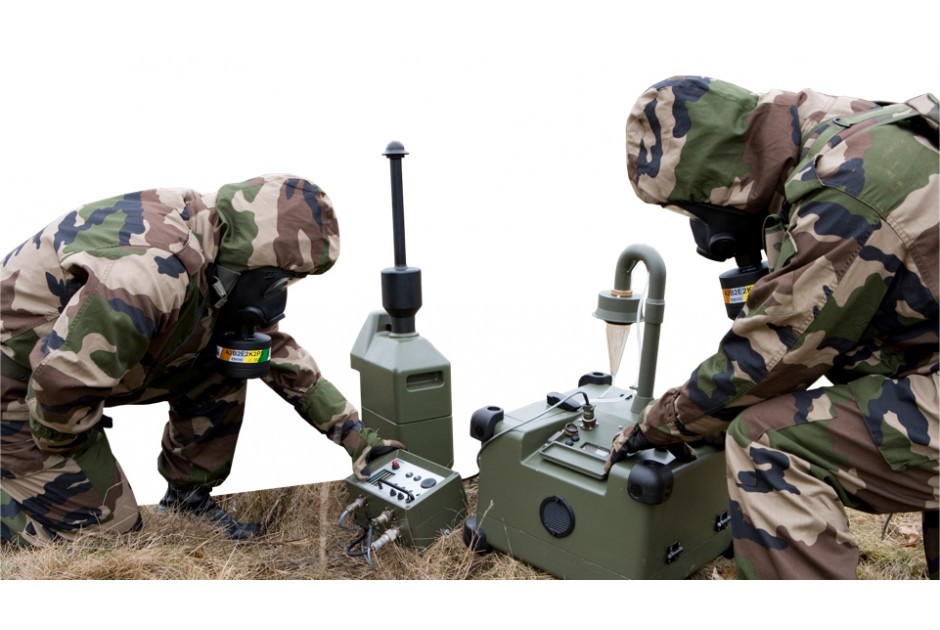EN 140 Half masks and quarter masks fit leakage and breathing resistance testing
The EN 140 standard is a European harmonized standard that specifies performance requirements and test methods for half and quarter masks used in respiratory protection. This service focuses on the critical aspects of fit, leakage, and breathing resistance as outlined within this standard.
Fit testing ensures that the mask properly seals around the wearer's face to prevent air from leaking past the seal area, which is essential for effective respiratory protection. Leakage tests are conducted to determine how much unfiltered air enters through gaps between the mask and the wearer’s face. Breathing resistance tests measure the ease or difficulty in breathing while wearing the mask.
Our testing facility utilizes state-of-the-art equipment that adheres strictly to EN 140 requirements, ensuring accurate results. We employ certified technicians who are experts in conducting these types of tests, ensuring compliance with international standards and regulatory requirements.
The testing process typically involves several steps: initial inspection of the mask for any defects or damage; marking the location where the fit test will be conducted; placing a respirator on the subject’s face according to manufacturer instructions; applying the fit testing apparatus; measuring and recording data from the breathing resistance and leakage tests.
Accurate fit, minimal leakage, and low breathing resistance are crucial for ensuring that the mask provides adequate protection. These factors are especially important in military applications where personnel must rely on their respiratory equipment during high-stress situations. Compliance with EN 140 standards ensures that masks meet rigorous performance criteria necessary for effective use.
Our service goes beyond mere compliance; it aims to provide insights into how these tests can be optimized for specific scenarios and environments. By understanding the nuances of fit, leakage, and breathing resistance, manufacturers can tailor their products more closely to real-world conditions faced by users in various sectors including military operations.
In summary, our EN 140 half masks and quarter masks fit leakage and breathing resistance testing service offers comprehensive analysis aimed at enhancing product performance. Through precise measurement techniques and experienced personnel, we ensure that each test adheres strictly to the specified standards while providing valuable feedback for continuous improvement.
Why Choose This Test
Selecting this type of testing is vital for several reasons. Firstly, it ensures that your product meets stringent international safety and performance requirements set forth by EN 140. This compliance can significantly enhance your brand’s reputation among customers who prioritize quality and reliability.
Secondly, passing these tests demonstrates commitment to user safety—a key factor in gaining trust from military personnel who depend on such equipment during critical missions. It also helps build a robust defense against potential legal challenges related to product failures or injuries caused by non-compliant equipment.
Thirdly, successful completion of these assessments provides valuable data that can be used to refine designs and improve overall performance. This iterative process leads to more efficient products with enhanced durability and functionality tailored specifically for military applications.
Lastly, choosing our testing service means accessing cutting-edge facilities staffed by highly skilled professionals dedicated solely to helping clients achieve excellence in their products. With access to advanced instrumentation and experienced personnel, you gain peace of mind knowing that every aspect of your product is being thoroughly examined under controlled conditions.
Customer Impact and Satisfaction
The impact of choosing our EN 140 testing service extends far beyond mere compliance; it directly influences customer satisfaction and trust. By ensuring that your products meet or exceed regulatory standards, you not only avoid costly recalls but also create loyal customers who appreciate the reliability of their equipment.
For quality managers and compliance officers within military organizations, knowing that their chosen supplier adheres strictly to these guidelines offers reassurance regarding product integrity. This allows them to focus on other critical aspects of management without worrying about potential issues arising from non-compliant products.
R&D engineers benefit greatly from our service as well since it provides them with detailed insights into how different factors affect performance outcomes during fit, leakage, and breathing resistance tests. These data points can then be incorporated back into design iterations leading to improved future versions of the product.
Procurement teams also see significant advantages because they have assurance that they are purchasing high-quality items meeting all necessary criteria before delivery. They save time and resources by avoiding rework or returns due to non-conformity with specifications.
Competitive Advantage and Market Impact
Adhering to strict testing protocols like those specified in EN 140 can give your organization a competitive edge over others who may not prioritize such rigorous standards. In today’s market where customer expectations are increasingly high, demonstrating commitment to excellence through compliance with these specifications sets you apart from competitors.
Military buyers, especially those involved in procurement decisions, often seek out suppliers that consistently meet or exceed regulatory requirements. By partnering with us for EN 140 testing services, you position yourself as a reliable and trustworthy supplier capable of delivering top-notch products meeting all necessary criteria.
From an operational perspective, having compliant products ensures smoother operations by reducing downtime caused by product failures or recalls. This translates into increased efficiency and productivity within military units relying heavily on their respiratory equipment during various missions.





